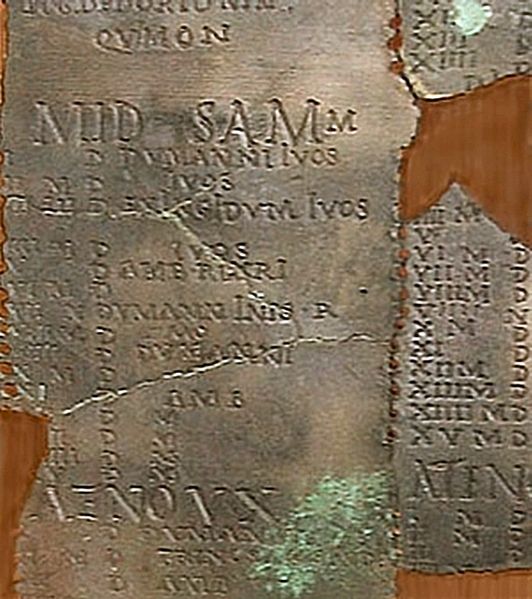Halloween’s roots come from the ancient Celts, a tribe living about 2,000 years ago in the areas that are now Ireland, Great Britain and northern France.
The Celts were first described as a fierce, warlike, terrifying people, many of whom would have strings of human heads tied on their bridles. Halloween was their main holiday, called Samhain. It was a festival that honored the Celtic lord of death. The celebration marked the beginning of the season of cold, darkness, and decay.
On the night before the November 1 new year, Celts believed that Samhain and the dead would roam the earth causing all kinds of trouble. So the Celtic priests, Druids, would demand that all light be extinguished on Halloween night and sacrifices be made to prevent trouble.
The restless spirits’ “tricks” could be avoided only if appropriately “treated,” thus originated the present-day Halloween practice of children dressing up like spirits and arriving at the front door chanting (or demanding) “Trick or Treat.”
The Druids built a huge New Year’s bonfire of oak branches, which they considered sacrificed. They burned animals, crops, and even human beings as sacrifices.
During the celebration people wore costumes made of animal heads and skins. They told fortunes by examining the remains of the sacrifices.
After sacrifices, villagers would carry the fire, thought to be sacred, back to their homes in carved out vegetable shells – the origin of our Jack-o-Lanterns.
Regional Halloween customs developed among various groups of Celts. In Ireland, for example, people begged for food in a parade that honored Muck Olla, their sun god. The leader of the parade wore a white robe and the head of an animal. In England, families sat by the fire and told stories while they ate treats such as apples and nuts.
These pagan Celts believed that evil spirits lurked about as the sun god grew pale and the Samhain grew stronger.
The Romans conquered the Celts in A.D. 43 and ruled what is now Great Britain for about 400 years. During this period, two Roman autumn festivals were combined with the Celtic festival of Samhain. Both pagan rituals, one of them, called Feraila, was held in late October to honor the dead. The other festival honored Pomona, the Roman Goddess of fruit and trees. Apples became associated with Halloween because of this festival.
In the eighth century Pope Gregory II moved the church festival honoring martyrs of “All Saints” to November 1 as a Christian alternative to the Celtic New Year celebrations. “All Hallow’s Eve” or “Halloween” means the “evening of holy persons” and was to be used in spiritual preparation for All Saints Day.
fossores
Related posts
Categories
Category Cloud
Tag Cloud
Recent Posts
- Victors and Victims November 6, 2018
- 3 Hacks for Happiness October 29, 2018
- Hope Against Death September 20, 2018
- The Shape Of The Cross September 19, 2018


